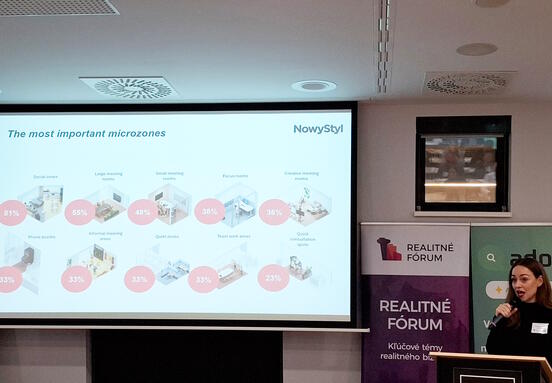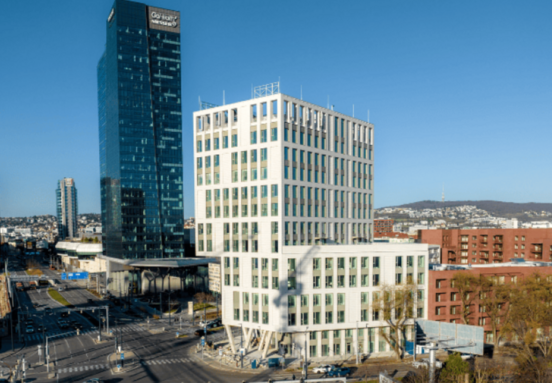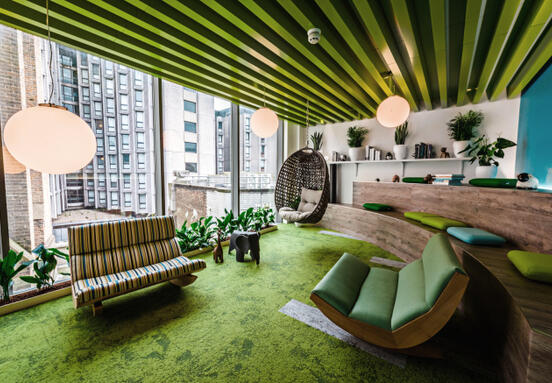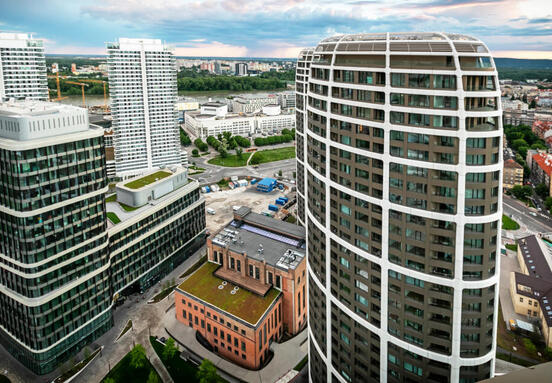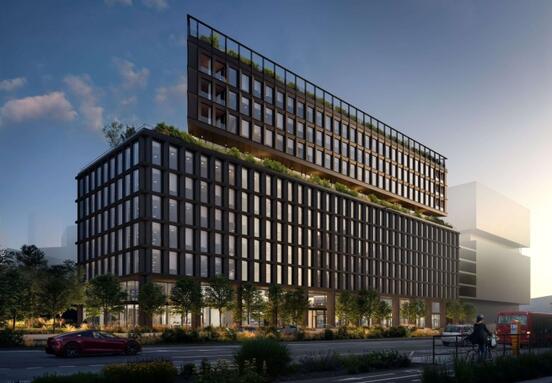Colliers' Global Investment Outlook 2024 reveals that challenging market conditions will continue in EMEA in 2024, although the revenue outlook is likely to brighten and the supply-demand gap narrowing. Lower investment activity (lack of realized transactions) resulted in problems in setting real estate prices. As investors continue to look for stability, the I&L and residential sectors are largely their top picks for the coming year.
Six markets stand out in investors' preferences for 2024: London, Paris, Berlin, Munich, Madrid and Amsterdam. The United Kingdom experienced the fastest price correction, which also led to the largest increase in investment activity in 2023. This trend was also seen in Germany. Further activity is likely to emerge in the first half of 2024, when sellers' and buyers' perceptions of price become even closer.
Opportunities will continue to emerge as problems force firms to release capital through sales and leasebacks and real estate funds face payout pressures. In addition, a record share of investors (25%) reported applying ESG-based sales and acquisition strategies in the survey - an increase from 10% two years ago. As a result, a wave of sales and property appreciation opportunities are coming to the market, with investors raising capital to convert buildings from brownfields (outdated and underutilized buildings) to greenfields (environmentally and energy-efficient buildings).
"We learned from investors that stability is key for them. In connection with the expected higher interest rates for a longer period, due to the fight against inflation, the expectations of the capital markets are softening. Greater certainty, along with softening underlying property valuations, could be the driver for additional transaction volume next year. Investors who are prepared to respond quickly to the opportunities that arise will be best placed," said Luke Dawson, head of global and EMEA capital markets at Colliers.
CONTINUED INTEREST IN I&L LEADING TO PARTNERSHIPS
Demand for all I&L segments is and will remain high. The limited supply of standard products provides solid protection for their market value, leading more and more investors to explore specialized sub-sectors related to the development of e-commerce and its supply chain, including cold storage, light industry and manufacturing. Additional protectionist measures for industry and rising energy costs will encourage more onshoring and nearshoring operations.
“Many investors perceive I&L assets to provide greater stability and growth potential given their strong fundamentals and structural factors. With fewer lenders and higher borrowing costs, we are seeing investors pooling capital and forming alliances and joint ventures with partners who have specialist or sub-sector market expertise," said Damian Harrington, head of global and EMEA capital markets research at the firm. Colliers.
DEMOGRAPHIC AND ECONOMIC FACTORS MAINTAIN THE ATTRACTIVENESS OF THE RESIDENTIAL SECTOR
Like I&L, the housing sector has shown greater resilience, supported by a strong outlook. Investors expect that the imbalance between supply and demand caused by population growth and housing affordability issues (supply, price) will continue to support this sector in the near future. Many remain interested in investing capital in alternative classes of housing, such as student housing and senior housing, both linked to fundamental demographic trends. Buildings for Rent (BTR) also have higher growth potential as high mortgage prices and interest keep households, students and young professionals in the rental space.
WIDENING THE DIFFERENCE BETWEEN BEST AND OTHER OFFICE PROPERTIES
While the fundamental need for offices remains, European investors are focusing their interest on premium spaces and opportunities to increase property value. The goal is for the quality of the assets to match the changing needs of tenants and employees. The Colliers survey found that nearly 80% of investors expect sustainability-certified offices to increase in value, with 65% believing they will increase in value by more than 5% in the EMEA region.
“The availability of premium (carbon neutral / ESG) space in a good location will remain low, while the gap in value between the best spaces and the rest will continue to widen. This should contribute to increased demand for older buildings where investors are able to generate value in conversions from 'brown' to 'green' buildings. Refurbishments and repurposing of assets to meet sustainability criteria or serve a new purpose will become a significant driver of activity in the coming and subsequent years," added Harrington.
"The road

